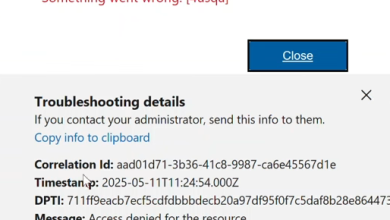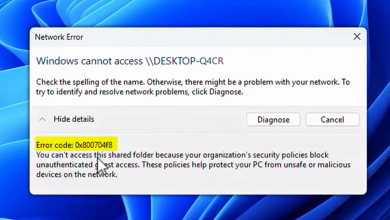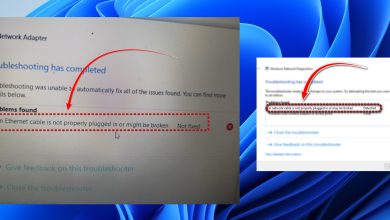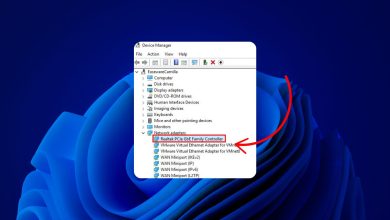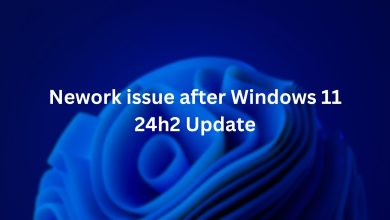How to Fix “iqvw64e.sys Cannot Load on This Device” Error?
The ‘A driver cannot load on this device‘ error, often linked to the iqvw64e.sys file, occurs when the Intel Network Adapter Diagnostic Driver is blocked by Windows security features such as Core Isolation (Memory Integrity). This error can cause network connectivity issues, particularly after updates.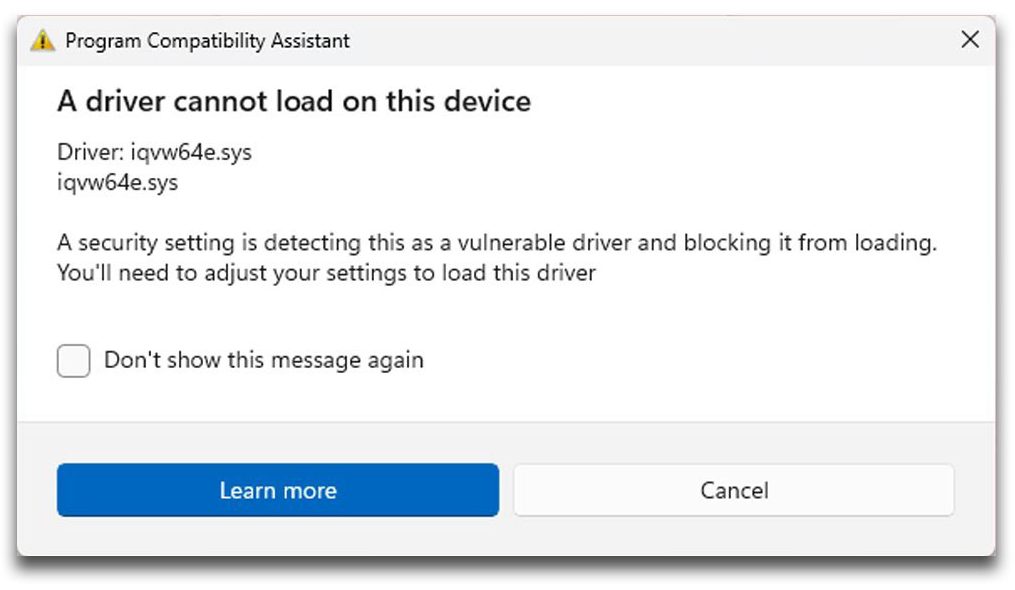 If you’re encountering network connectivity problems, especially after recent Windows updates, we’ve outlined several solutions to help restore your network adapter’s functionality.
If you’re encountering network connectivity problems, especially after recent Windows updates, we’ve outlined several solutions to help restore your network adapter’s functionality.
1. Update the Intel Network Adapter Diagnostic Driver Utility
Let’s start by updating the Intel Network Adapter Diagnostic Driver Utility. Download the driver from the official Intel website to ensure it’s the latest and most suitable version for your system.
- Visit the “Intel Network Diagnostic Driver Utility” on the Intel official website.
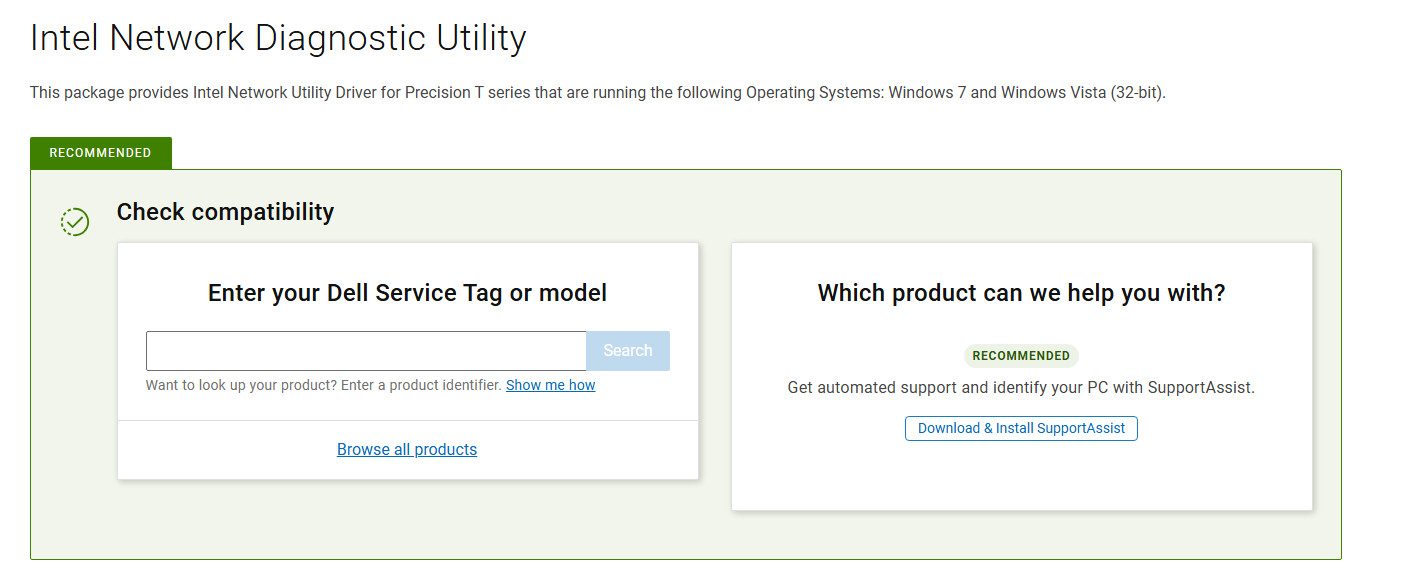
- Enter your Dell Service Tag or Model.
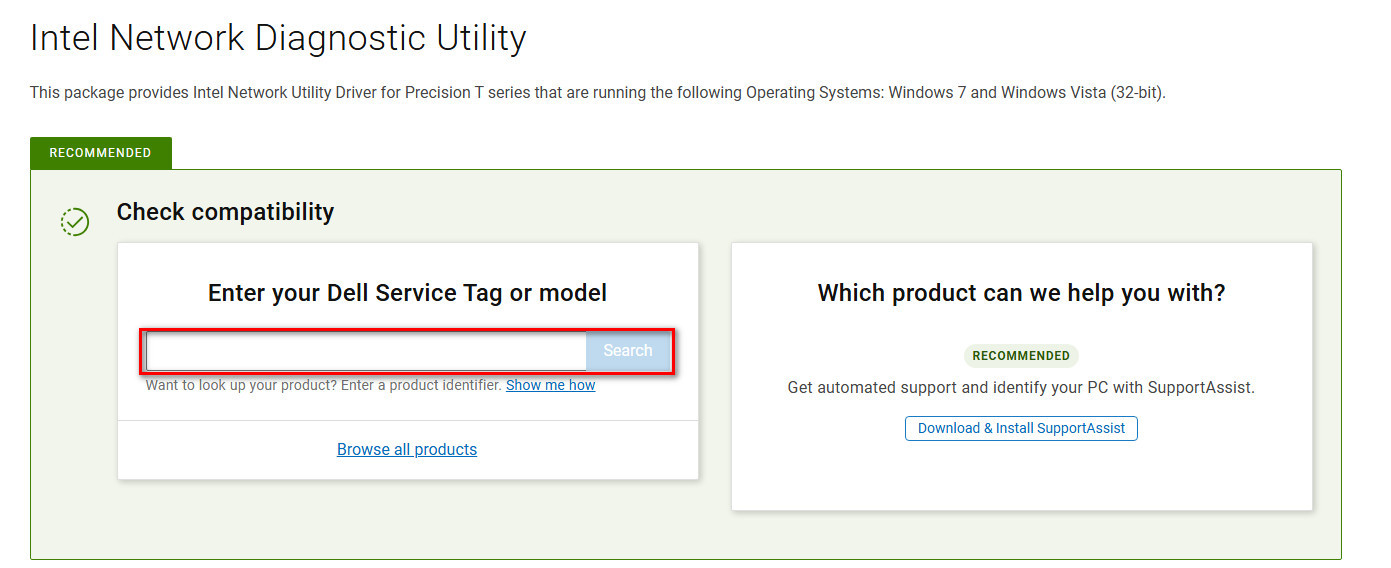
- Download and install the latest version suitable for your device.
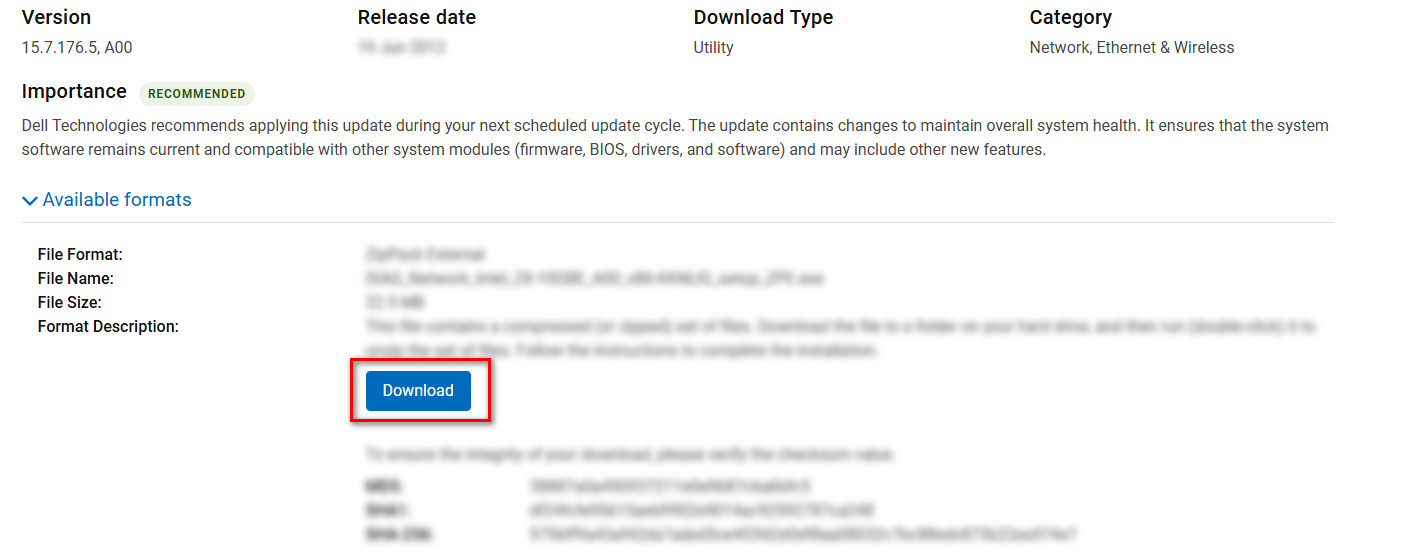
- Restart your computer to apply the changes.
2. If Updating Doesn’t Work, Uninstall the Driver
If updating the diagnostic driver doesn’t fix the problem and your internet remains blocked, you may need to uninstall the Intel Network Adapter Diagnostic Driver.
- Press Windows Key + R to open the Run dialog box.
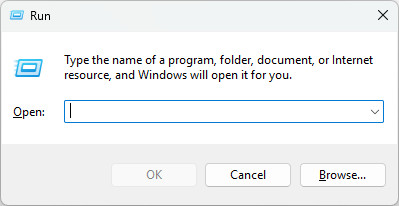
- Type
appwiz.cpland press Enter to open Programs and Features.
- Find the Intel Network Adapter Diagnostic Driver or any related diagnostic software.
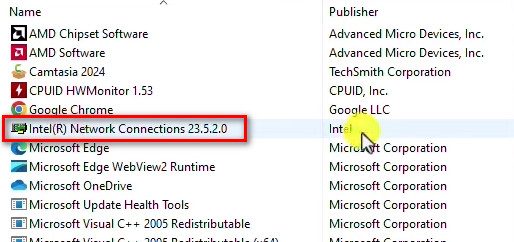
- Right-click on it and select Uninstall.
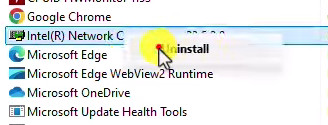
- Restart your computer.
After uninstalling the diagnostic driver and restarting the PC, your network adapter should function without issues.
3. Manually Update the Network Adapter Driver
If the previous methods don’t resolve the issue, manually updating your network adapter driver from the official website can prevent the iqvw64e.sys error.
- Press Windows + S, type “System Information,” and open it.
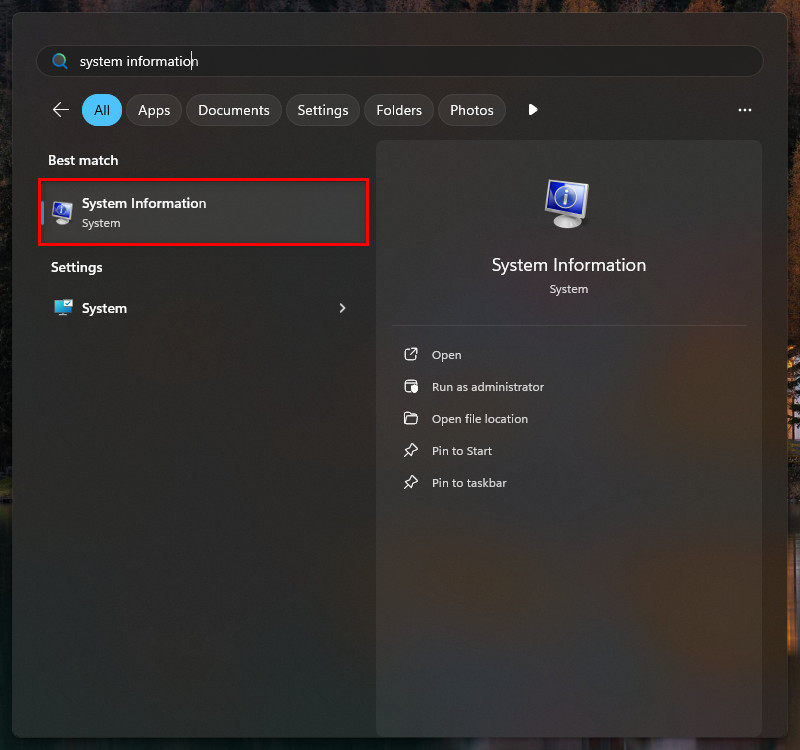
- Locate the Baseboard Product (or motherboard model) and note it down.
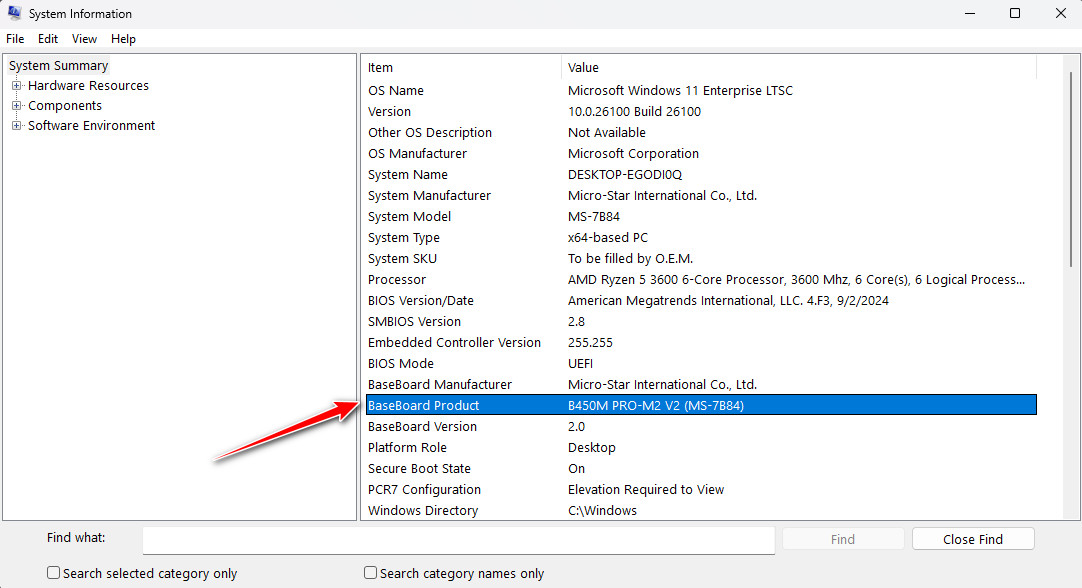
This example involves a Ryzen product – you can simply note your Laptop/Desktop baseboard product and search for its drivers on Google. - Visit the official website of your motherboard manufacturer and search for the driver.
- If you’re unsure about the manufacturer’s website, conduct a search for your Baseboard Product’s driver (e.g., “Ryzen B450 Pro M2 V driver”).
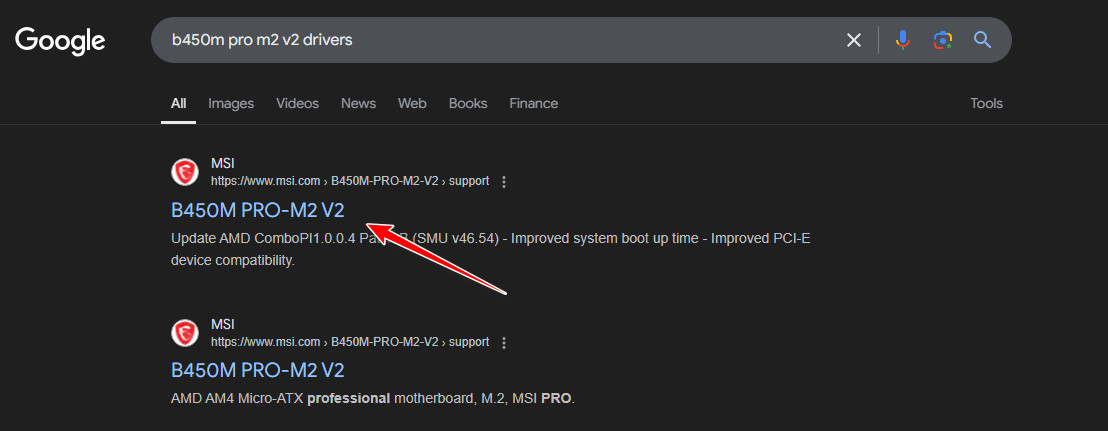
- Find the Network Adapter Driver, download it, and install it on your PC.
- Restart your PC.
This approach updates the crucial driver responsible for network connectivity, resolving compatibility issues and improving stability.
4. Update Windows to the Latest Version
Keeping Windows updated is essential for system stability and security. Issues like “iqvw64e.sys” often arise due to driver incompatibilities, which Microsoft frequently addresses through Windows Updates. These updates include essential security patches, bug fixes, and WHQL-certified drivers to ensure compatibility and performance.
- Press Windows Key + I to open Settings.
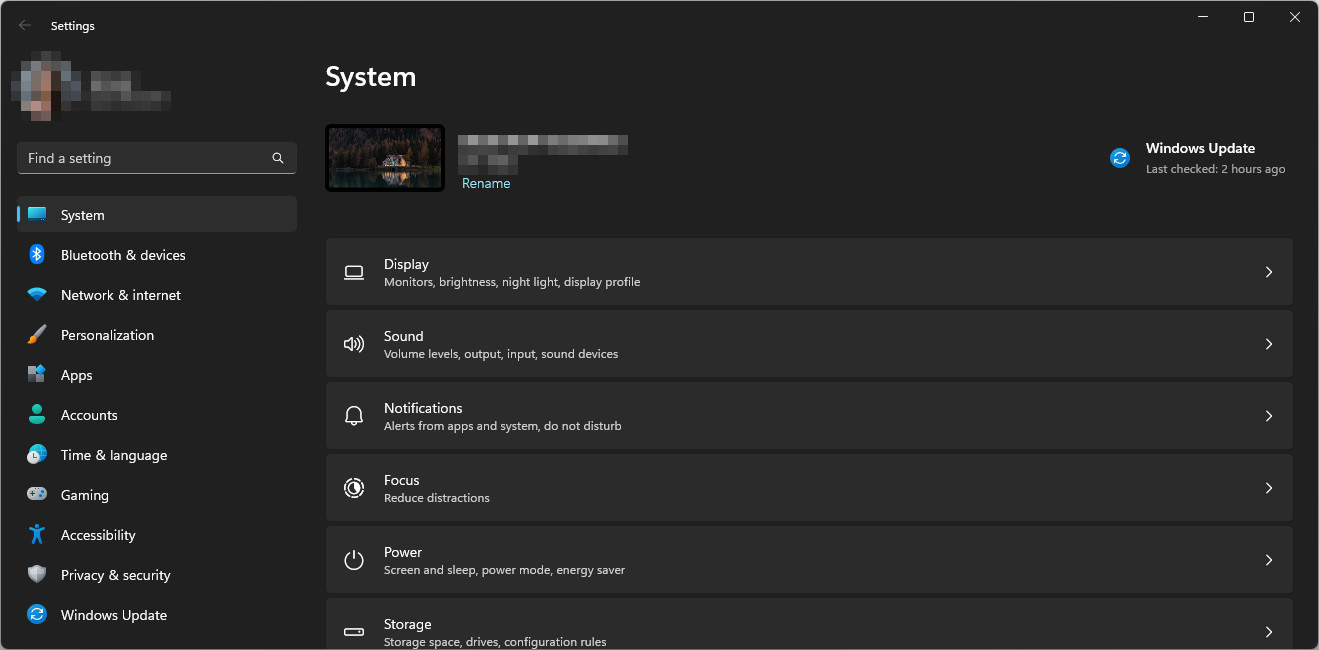
- Navigate to Windows Update (on the left menu).
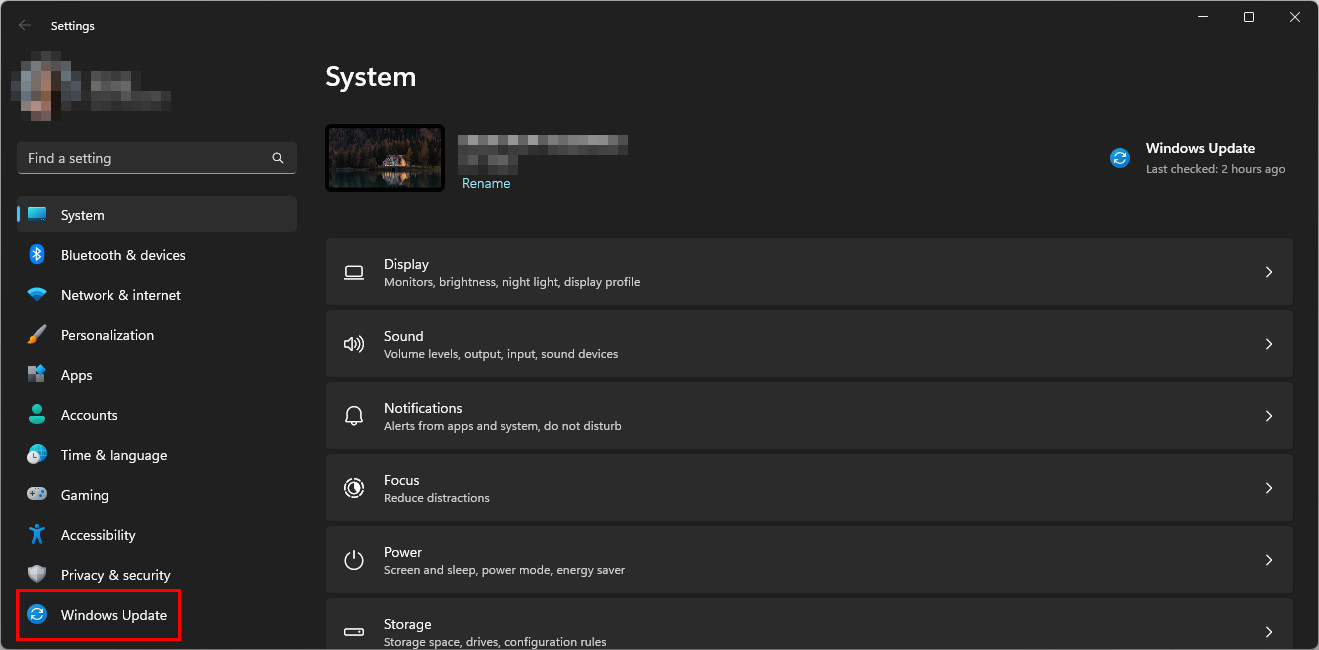
- Click Check for Updates and install any available updates.
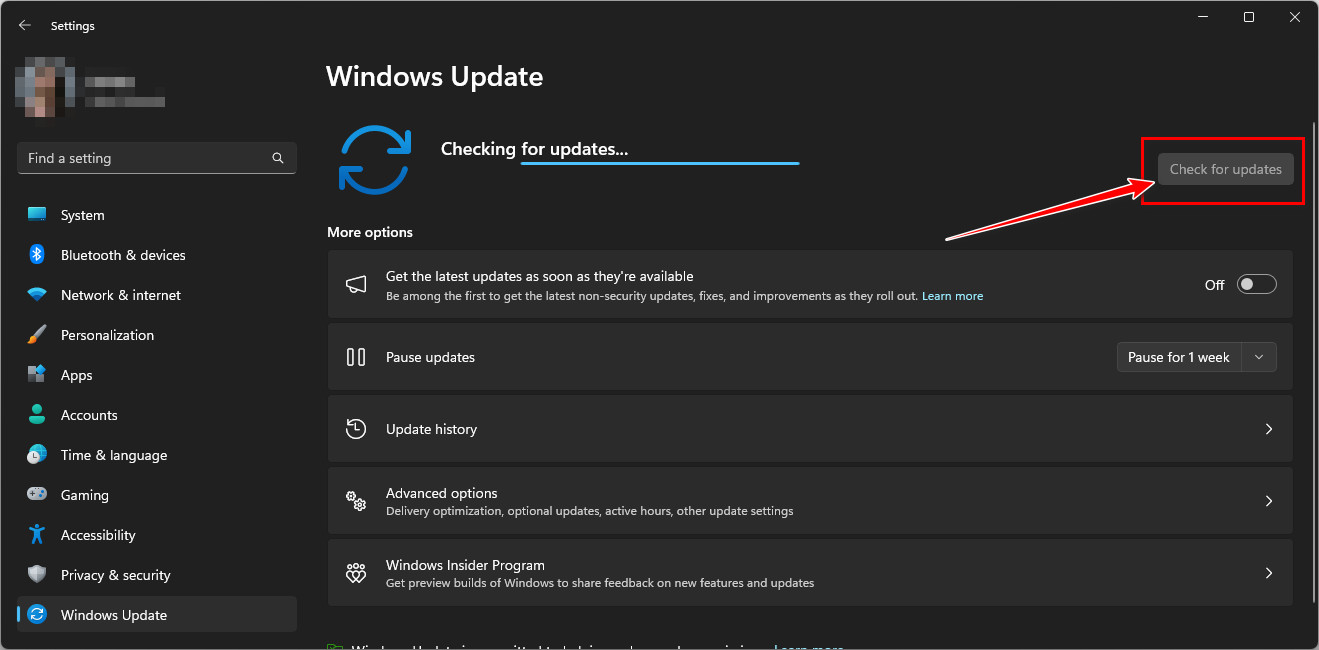
- Restart your computer to apply the updates.
5. Disabling Core Isolation (Caution Needed)
Core Isolation is a security feature in Windows that uses virtualization-based security to isolate critical parts of the operating system, adding an extra layer of protection against malware and other attacks. Memory Integrity, a component of Core Isolation, prevents malicious code from taking advantage of drivers and other low-level programs.
However, certain drivers, particularly older or less frequently updated ones like the Intel Network Adapter Diagnostic Driver, may not be compatible with Memory Integrity. This incompatibility can cause the drivers to fail to load, leading to hardware malfunctions or diagnostic errors.
Disabling Core Isolation and Memory Integrity might help by allowing the Intel Network Adapter Diagnostic Driver to load without obstruction.
- Open Settings and navigate to Privacy & Security > Windows Security > Device Security.
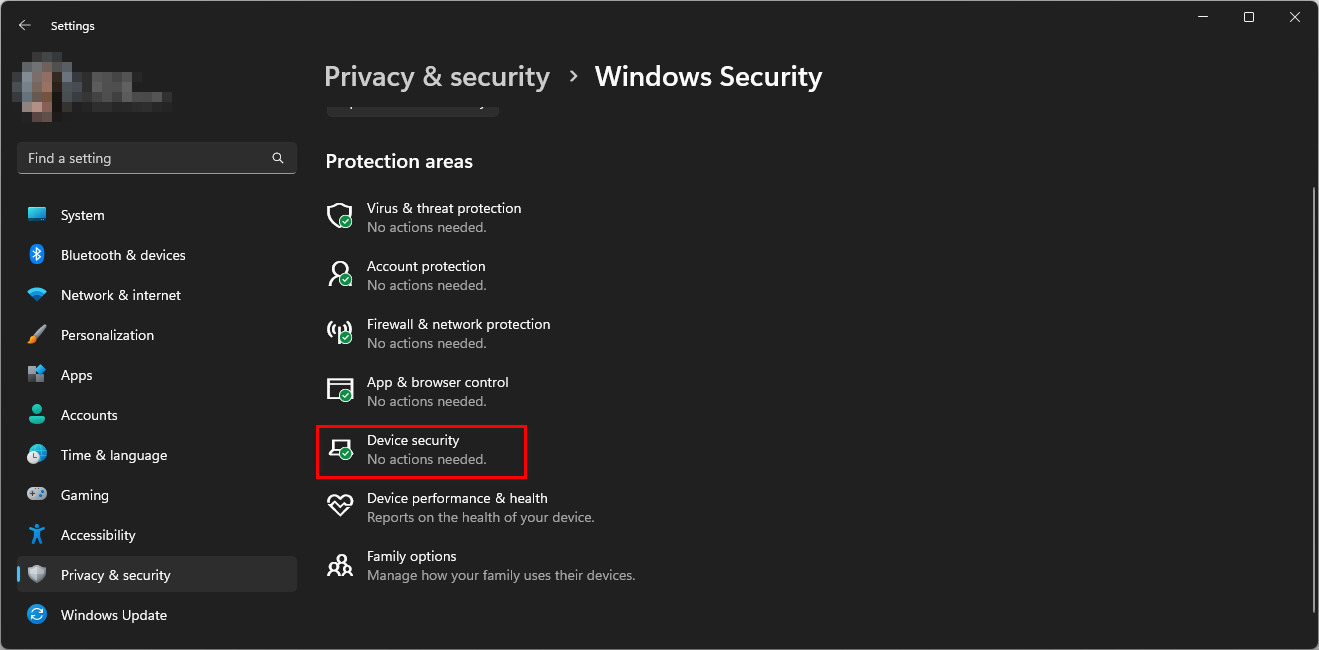 Under Core Isolation, click Core Isolation Details.
Under Core Isolation, click Core Isolation Details.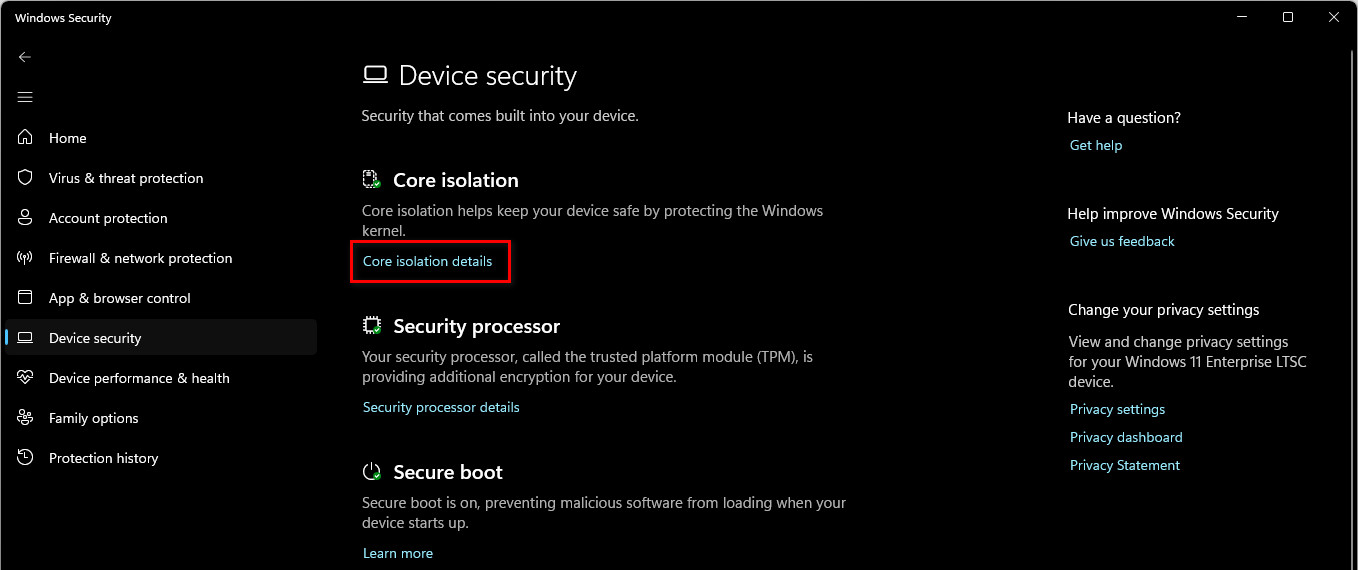
- Toggle off Memory Integrity.
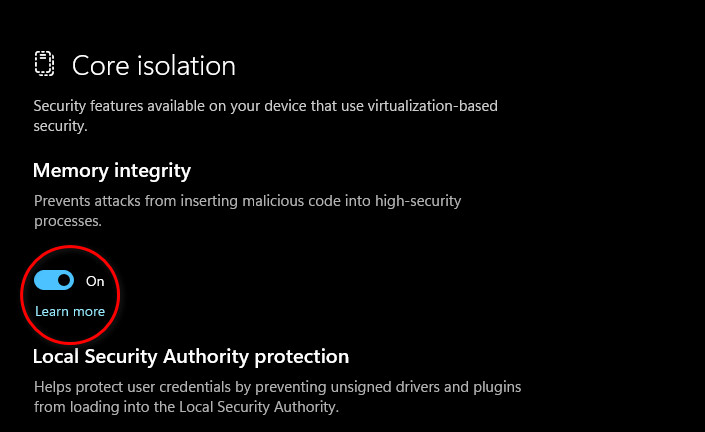
- Restart your computer.
